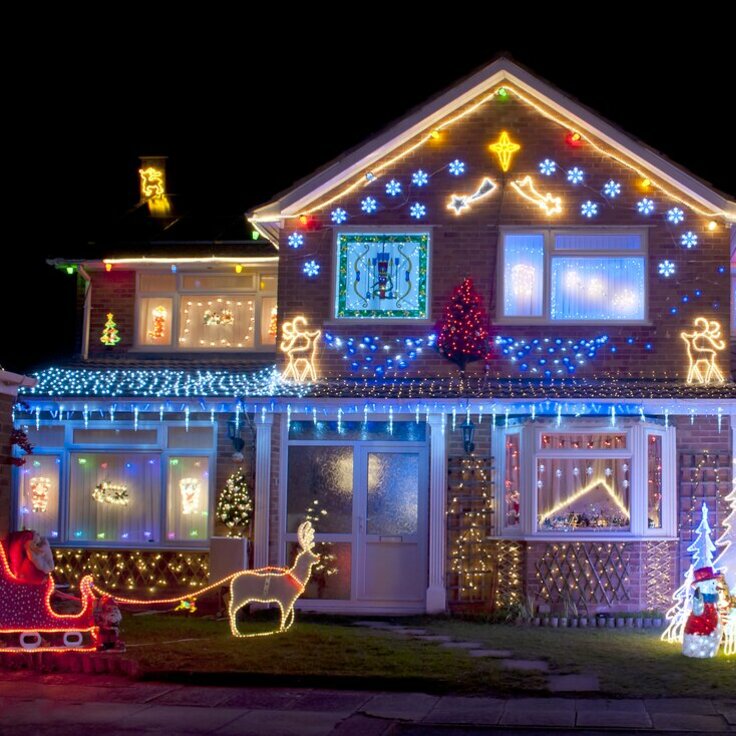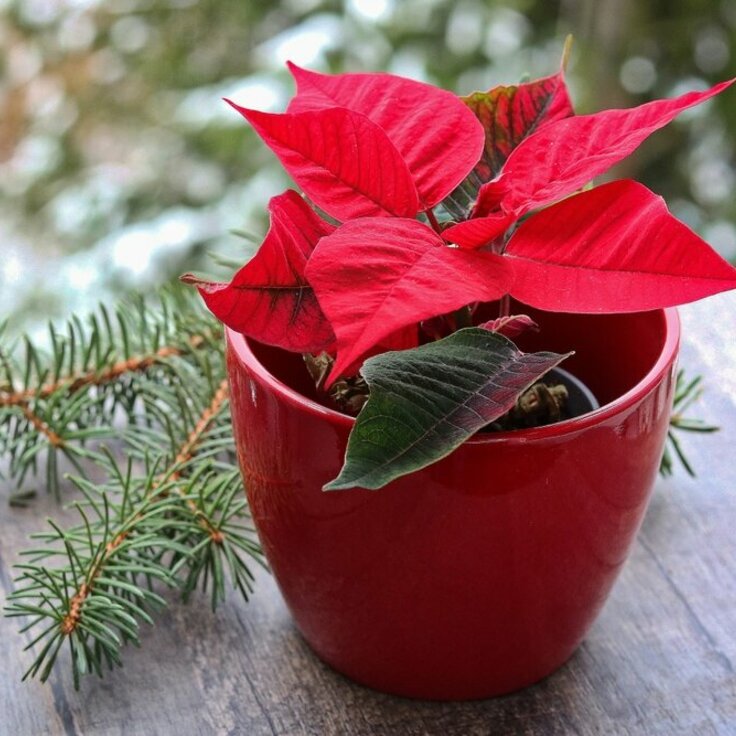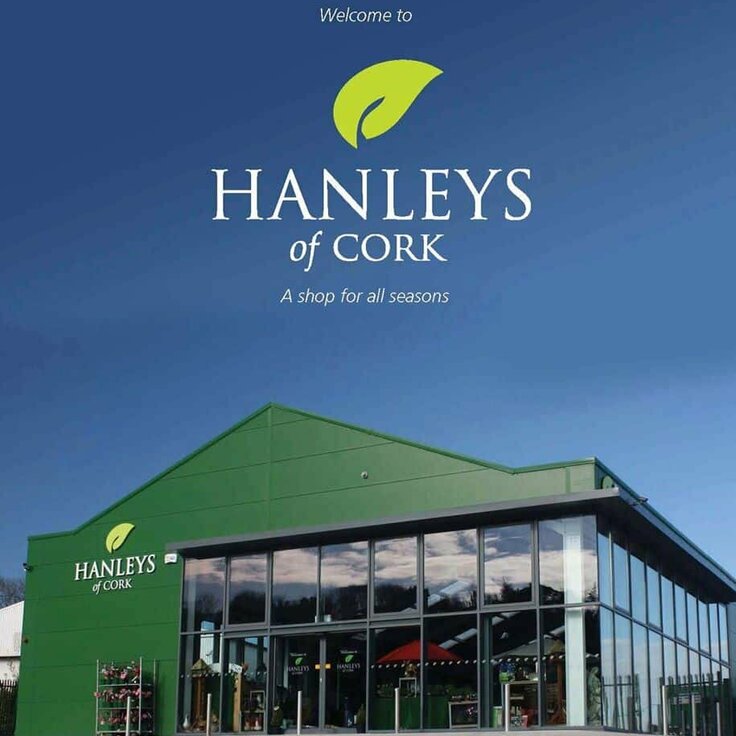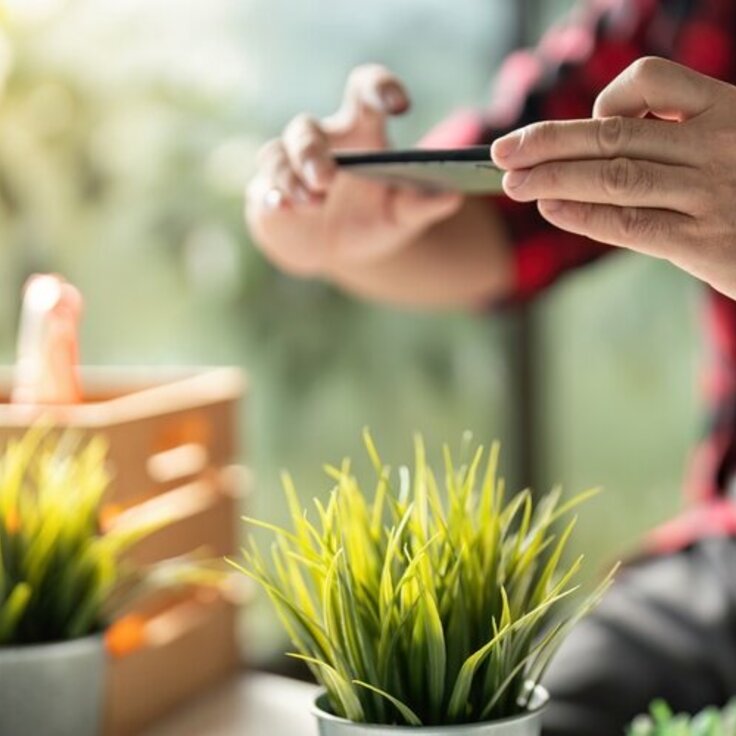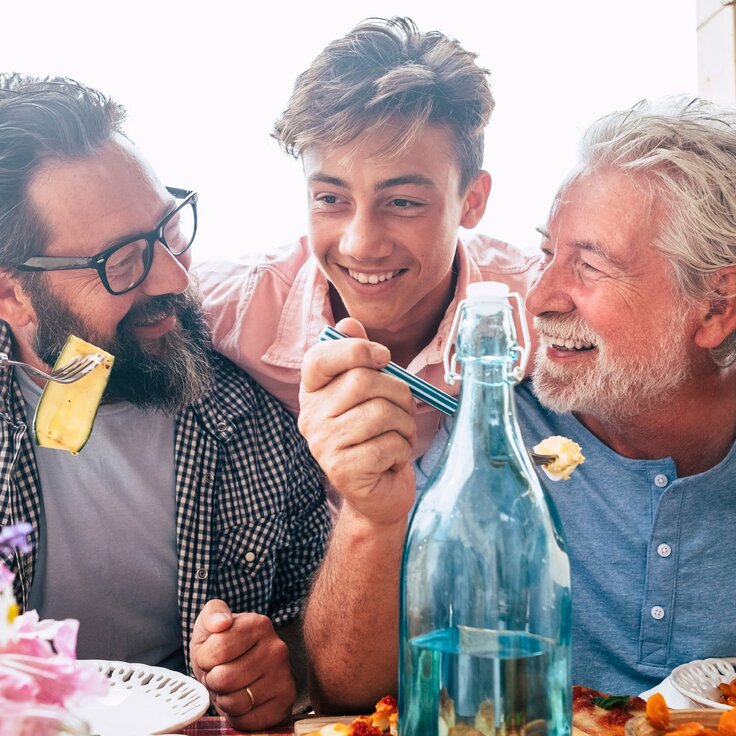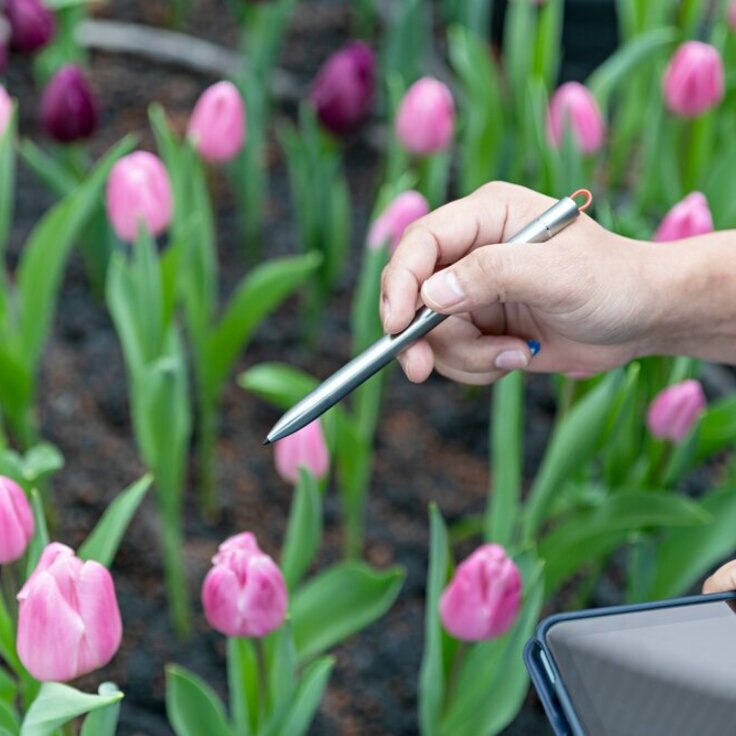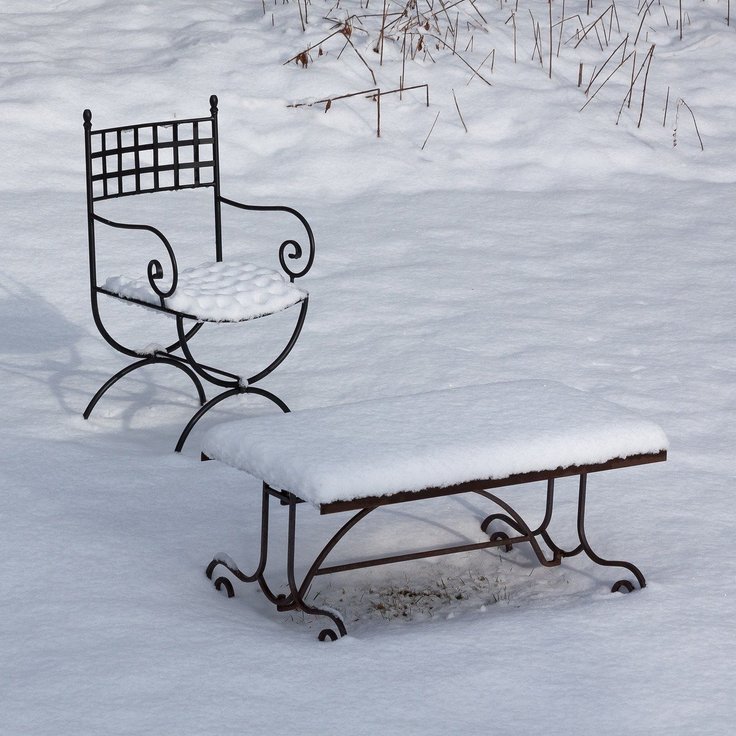Top Five Best Flowers to Attract Pollinators to Your Garden
A garden is always a beautiful sight to behold. But a garden bursting with colour is not just a treat for the eyes. A garden is also a home to some hardworking pollinators around today. Insects like bees, butterflies, and hummingbirds are some of the most popular pollinators. These small creatures ensure plants reproduce. They help us to maintain a balance in the ecosystem in their small ways. They are more than just mere garden visitors. They are important. About 75% of global food crops rely on pollination according to the Food and Agriculture Organization (FAO). Some of these crops include apples, almonds, coffee, melons, tomatoes and many others. They would be a risk of food scarcity without pollinators.
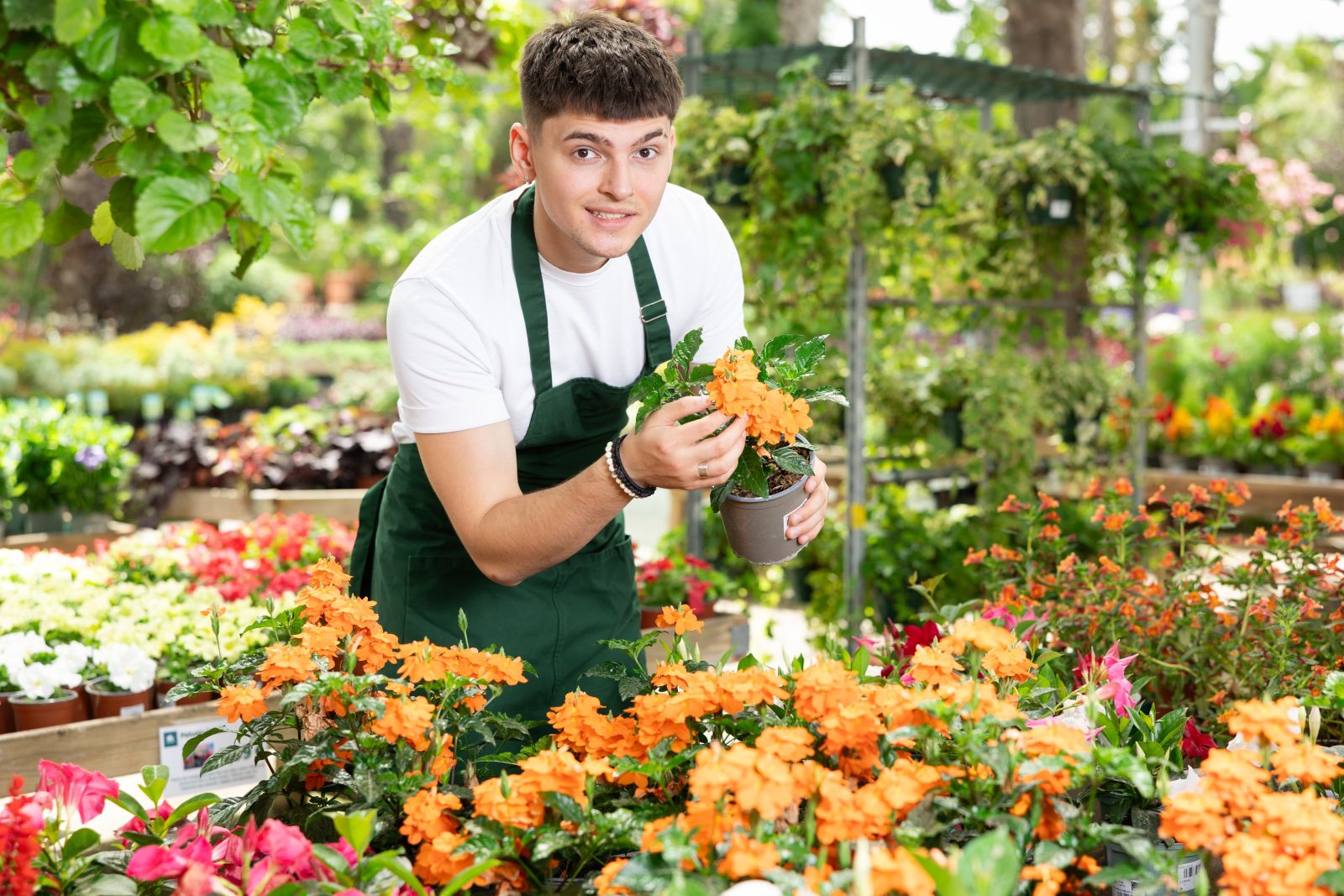
When planning your garden, it is worth thinking strategically. Much like how savvy players approach betting on top platforms like NetBet. Choosing the right flowers can yield surprising benefits. Just as a well-placed bet on NetBet can lead to exciting rewards. The value of your garden isn’t just in its beauty. Certain flowers have medicinal properties that can support your well-being. Imagine turning your backyard into both a visual delight and a source of natural remedies.You will discover more as you read on. So when you make informed choices, your garden can become a good place for these creatures.
Importance of attracting Pollinators
Normally, pollinators usually transfer pollen from one flower to another. They enable fertilization. This natural process is very important for the formation of plants. Yet, many pollinator species are reducing. By using pollinator-friendly flowers into your garden, you're actively restoring balance in the habitats. While you also enjoy vibrant blooms and better crop yields in your home garden.
Here are some of five flowers that will invite pollinators into your garden:
1. Bee Balm
Bees, hummingbirds, and butterflies are the pollinators. The bloom time is often mid to late summer. The colours are red, pink, purple, and white. The USDA Zones are 3–9. Bee balm is a showstopper both in appearance and fragrance. Hummingbirds and bees find attractive the tubular bloom very attractive. Being a native North American plant, it's well adapted to local conditions. It also supports indigenous pollinator species. Bee balm does better in full sun and moist soil. Good air circulation is also recommended.
2. Lavender
Bees and butterflies pollinate lavender flower. The bloom time is early to late summer. The colours are purple, blue, pink, and white. The USDA Zones are 5–9. The soothing aroma makes it more useful. It's also a pollinator magnet. Bees are fond of their purple spikes. University of Sussex research found lavender among the top five most bee-attractive garden plants in the UK. Lavender grows better in full sun plus sandy soil. It is an ideal plant for low-maintenance gardens. Dried lavender can be used for DIY sachets. They are mostly used essential oils and teas.
3. Coneflower
Bees and butterflies mostly pollinate this flower. The bloom time is summer through fall. The colours are purple, pink, white, yellow, and orange. The USDA Zones are 3–9. It is a staple in pollinator gardens. It has daisy-like flowers. The raised centers offer easy access to nectar. Coneflowers are drought tolerant. They do good in full sun and partial shade.
4. Milkweed
Monarch butterflies, bees, and wasps are the pollinator. Milkweed. The bloom time is summer. The colours are pink, orange, and white. The USDA Zones is 3–9. Milkweed is important to monarch butterflies. It is the only plant their caterpillars eat. It has a very rich nectar flower. It attracts a wide range of bees and other insects. The use of herbicide has reduced the population of monarch butterflies. The population has dropped by over 80% in the past 20 years. Planting milkweed is one of the ways you can help.
5. Zinnias
Butterflies, bees, and hoverflies pollinate Zinnias. The bloom time is late spring to frost. The colours are red, pink, orange, yellow, white, and purple. The USDA Zones are annual. Zinnias are easy to grow. They are inexpensive, and very rewarding. They have bold and flat petals. Thus, creating perfect landing pads for butterflies. Zinnia seeds can be planted directly into the garden easily after the last frost. They love full sun and regular watering. Zinnias are useful, they repel aphids and Japanese beetles. Thus, making them great companion plants.
Finally, planting a pollinator garden is not just a good thing. It’s a good step towards improving our environment. A garden replete with these flowers will brighten your space. So grab your gloves and dig in the dirt.

